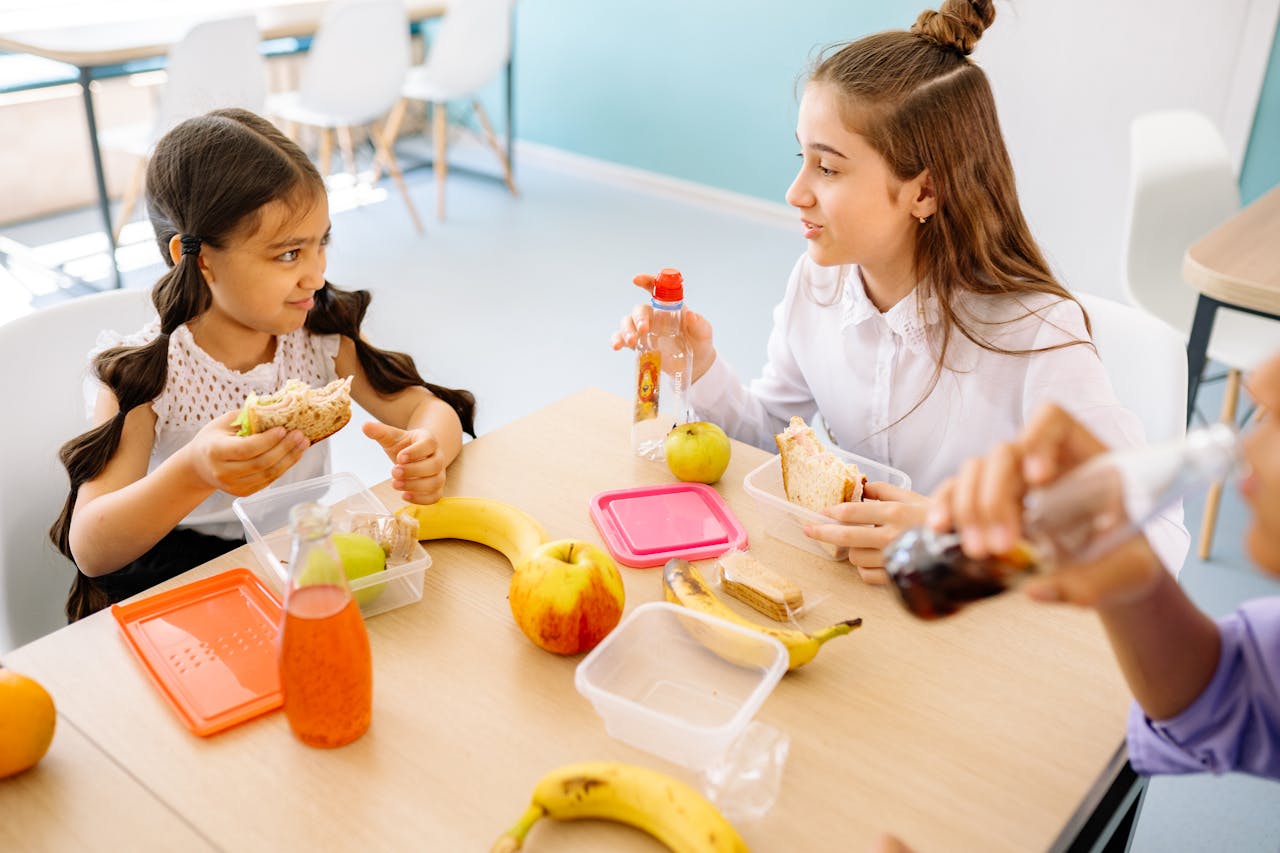Free school meals are a lifeline for families facing rising food costs, and you do not need to be enrolled in SNAP to qualify. While SNAP participation can automatically qualify a child for free meals, there are other pathways that make this benefit accessible to a wider range of households. Whether you are navigating temporary hardship, living on a modest income, or participating in other nutritional support programs, your child may be eligible for free breakfast and lunch at school.
Here’s how to check your eligibility, apply correctly, and understand what’s covered under the school meal program.
Who Can Get Free School Meals Without SNAP?
Eligibility for free school meals is based on several factors, and SNAP is just one of them. If your child is not enrolled in SNAP, you may still qualify through:
1. Income-Based Eligibility
Households earning at or below 130% of the federal poverty level can qualify for free meals. For example, in 2025, a family of four earning less than ₱32,000 per month may meet the threshold. Families earning between 130% and 185% may qualify for reduced-price meals.
Income guidelines are updated annually and vary slightly by state or region. You will need to provide proof of income, such as pay stubs or a letter from your employer.
2. Participation in Other Programs
Children who are enrolled in other nutritional support programs may also qualify automatically. These include:
- Medicaid (in some states)
- Foster care
- Head Start or Early Head Start
- Temporary Assistance for Needy Families (TANF)
- Migrant or homeless status
If your child is part of any of these programs, you may not need to submit a separate application. The school may verify eligibility through direct certification.
3. Community Eligibility Provision (CEP)
Some schools or districts participate in the Community Eligibility Provision, which allows all students to receive free meals regardless of individual income. This is common in areas with high poverty rates or where a large percentage of students qualify for assistance.
If your child attends a CEP school, you do not need to apply. Meals are provided automatically.
How to Apply for Free School Meals
If your child is not automatically certified, you can apply manually through your school or district. Here’s how:
Step 1: Request the Application Form
Most schools distribute meal applications at the beginning of the school year. You can also request one from the school office or download it from the district website.
Step 2: Fill Out the Form Completely
You will need to provide:
- Names of all household members
- Total monthly income for each member
- Contact information
- Student ID or school enrollment details
Be sure to sign and date the form. Incomplete applications may be delayed or denied.
Step 3: Submit the Application
Return the completed form to your child’s school or district office. Some schools allow online submission. Processing usually takes 7 to 10 days, and you will receive a letter confirming your child’s meal status.
Step 4: Reapply Annually
Eligibility must be renewed each school year unless your child is directly certified. If your income changes or you begin receiving SNAP or other benefits, update your application immediately.
What’s Covered Under Free School Meals?
The National School Lunch Program (NSLP) and School Breakfast Program (SBP) provide nutritious meals that meet federal dietary guidelines. A typical meal includes:
- Breakfast: Whole grains, fruit, milk, and protein (such as eggs or yogurt)
- Lunch: Protein source, vegetables, fruit, whole grains, and milk
Meals are designed to support healthy growth and learning. Schools must meet calorie, sodium, and fat limits set by the USDA.
Some schools also offer after-school snacks or summer meal programs. Ask your district about additional options.
Tips to Maximize Your Benefits
- Check for other nutritional support programs: If you qualify for free school meals, you may also be eligible for WIC, food pantries, or internet and phone aid through Lifeline and ACP.
- Track your application status: Follow up if you do not receive confirmation within two weeks.
- Ask about CEP schools: If you move or transfer schools, check whether the new school offers universal free meals.
Free school meals are available to more families than many realize. You do not need to be on SNAP to qualify, and other nutritional support programs can help streamline access. Whether through income guidelines, school policies, or direct certification, your child may be eligible for healthy meals that support their education and well-being.
Take the time to apply, ask questions, and explore related benefits. A well-fed child is a better learner, and these programs exist to make sure no student goes hungry.


Leave a Reply